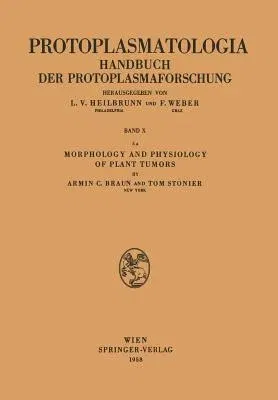Armin C Braun
(Author)Morphology and Physiology of Plant Tumors: Pathologie Des ProtoplasmasPaperback, 1 January 1958

Qty
1
Turbo
Ships in 2 - 3 days
In Stock
Free Delivery
Cash on Delivery
15 Days
Free Returns
Secure Checkout
Part of Series
Protoplasmatologia Cell Biology Monographs / Pathologie Des
Part of Series
Protoplasmatologia Cell Biology Monographs
Part of Series
Pathologie Des Protoplasma
Print Length
94 pages
Language
English
Publisher
Springer
Date Published
1 Jan 1958
ISBN-10
3211804927
ISBN-13
9783211804926
Description
Product Details
Authors:
Book Format:
Paperback
Country of Origin:
US
Date Published:
1 January 1958
Dimensions:
24.41 x
16.99 x
0.53 cm
ISBN-10:
3211804927
ISBN-13:
9783211804926
Language:
English
Location:
Vienna
Pages:
94
Publisher:
Series:
Weight:
172.36 gm

